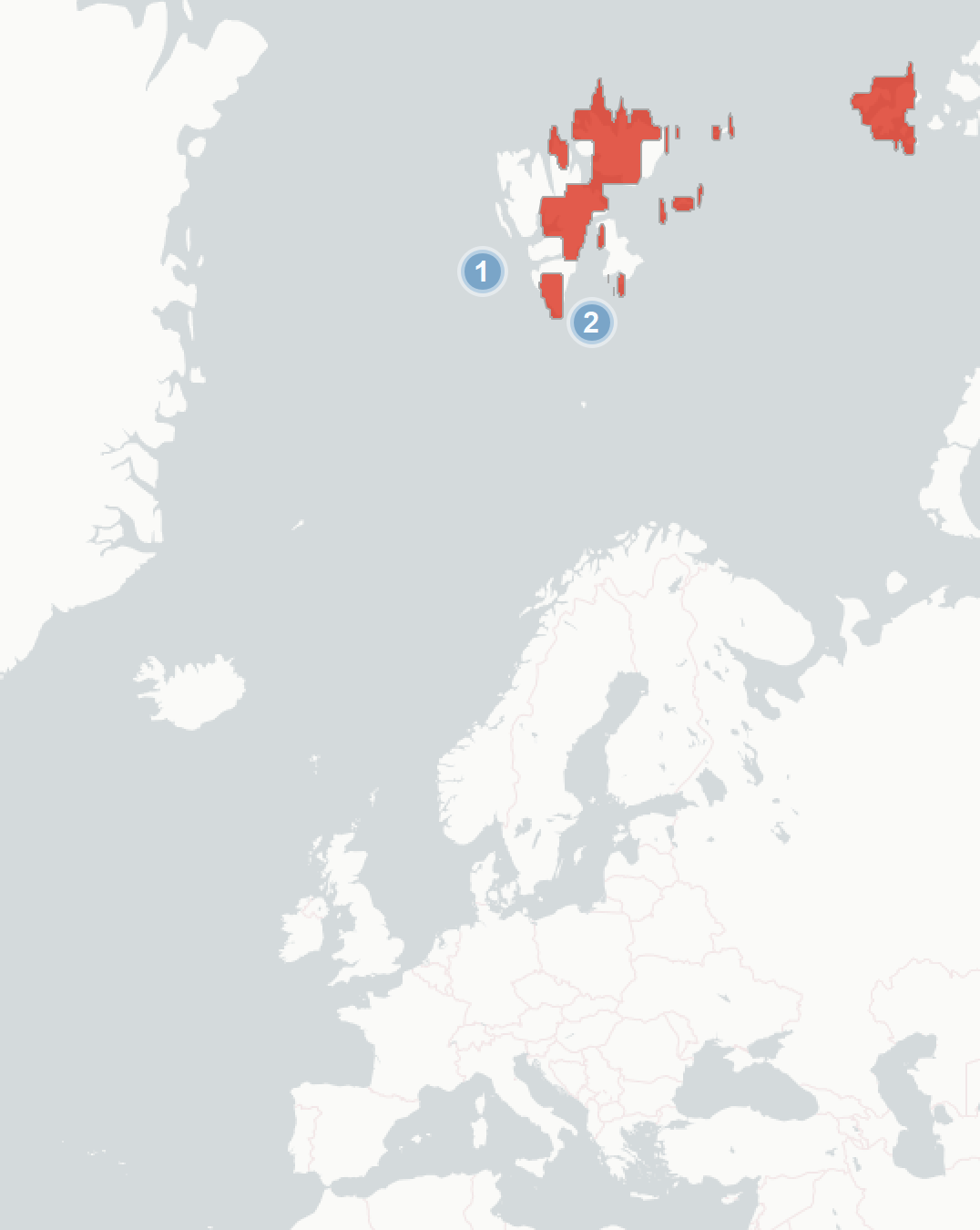Ivory Gull (Pagophila eburnea): vulnerability to climate change
Evidence for exposure
Potential changes in breeding habitat suitability:
-
Current breeding area that is likely to become less suitable (100% of current range)
-
Current breeding area that is likely to remain suitable (0%)
-
Current breeding area that is likely to become more suitable (0%)
Current impacts to Ivory Gulls attributed to climate change:
-
Negative Impact: Ivory gulls are heavily reliant on sea ice for breeding and hunting, recent decreases in sea ice are leading to rapid changes in population size and range.
-
Negative Impact: As a secondary impact of sea ice loss, Ivory gulls face more competition from other Ivory gulls and from other species for resources.
Predicted changes in key prey species:
No key prey species are predicted to decline for this species.
Climate change impacts outside of Europe
-
Climate change is known to have several other impacts in other parts of the species range, in particular through changing winter food supplies, increasing competition with other marine birds, and increased predation due to increased access to previously isolated colonies.
Sensitivity
-
Ivory gulls are highly dependent on sea ice; declines in population size and range have been linked in several areas to decreases in sea ice, particulary across the Canadian Arctic and Greenland.
-
Ivory gulls breed in extremely remote colonies which limits disturbance risk, but also makes monitoring and any potential conservation actions difficult
-
Ivory gulls are sensitive to extreme climatic events; extreme heavy rainfall and windstorms have recently led to total breeding failures in Greenland. If climate change results in more extreme or more frequent extreme weather, this is likely to have severe impacts on Ivory gull populations.
-
This species has a long generation length (>10 years), which may slow recovery from severe impacts and increases population extinction risk
Adaptive capacity
-
Ivory gulls have a varied diet and are opportunistic feeders. The loss of one prey species is unlikely to have a major impact on the populations
-
There is high connectivity and gene flow among populations, suggesting that populations are genetically diverse and there is significant exchange between populations. This could increase resilience to climate change as adaptive variation and immigration/emigration are more likely
